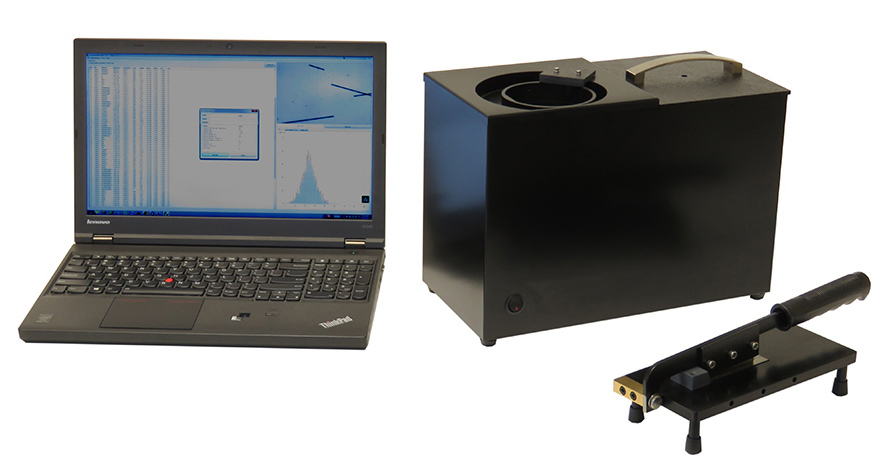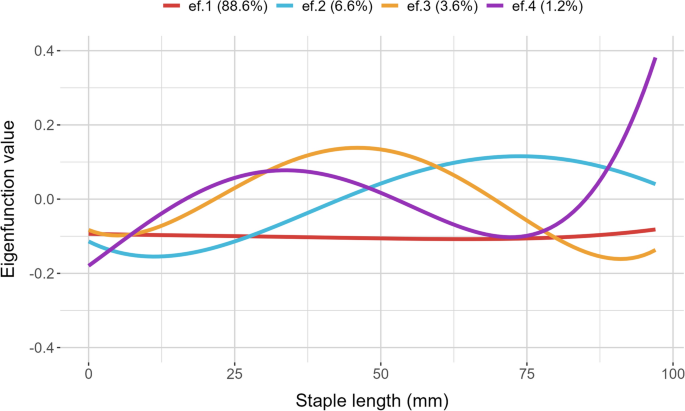Enhancing Measurements with a High-Accuracy Optical Fibre Diameter Analyser
Enhancing Measurements with a High-Accuracy Optical Fibre Diameter Analyser
Blog Article
Unlock Accuracy: The Ultimate Guide to Optical Fiber Diameter Analyser Tools
Exact dimension of optical fiber diameter is important for boosting the performance and integrity of fibre optic systems. As we take a look at these devices, it becomes evident that the future of optical fibre evaluation is developing swiftly, increasing inquiries about how these innovations will impact the industry.
Significance of Optical Fibre Dimension
Properly gauging optical fiber diameter is crucial in making sure ideal efficiency and reliability in communication systems. The diameter of optical fibers directly effects their light transmission capabilities, influencing transmission capacity, depletion, and overall signal stability. A precise measurement is important to preserve the wanted specs for numerous applications, consisting of telecoms, data transmission, and sensing technologies.
Inconsistent or inaccurate fiber diameters can cause raised losses and reduced performance, ultimately jeopardizing the efficiency of the entire interaction network. Additionally, variants in size can cause troubles in splicing and linking fibers, bring about higher operational prices and prospective system failures. Executing rigorous measurement procedures is vital.

Types of Size Analyser Tools
To accomplish reliable optical fibre dimensions, numerous size analyser devices are used, each developed to deal with certain dimension needs and applications (optical fibre diameter analyser). These tools can be generally categorized right into three main types: guidebook, semi-automated, and completely automated analyzers
Manual size analyzers are typically made use of in smaller operations or labs where accuracy is called for but production volume is low. They supply operators straight control over the measurement procedure, permitting cautious changes and verifications.
Semi-automated size analyzers enhance performance by incorporating hand-operated input with automated attributes. These devices often include easy to use user interfaces that simplify the measurement procedure while still permitting driver oversight.
Totally automated size analyzers represent the peak of measurement technology. These sophisticated systems integrate advanced sensing units and software to supply real-time dimensions with marginal user intervention. They are perfect for high-volume production settings, making sure consistent precision and rapid data collection.
Each sort of size analyser offers distinctive functional requirements, making it necessary for individuals to very carefully examine their particular demands when selecting the ideal device for optical fiber dimension.
Trick Functions to Consider
When selecting an optical fibre diameter analyser, a number of crucial attributes require mindful factor to consider to guarantee optimal efficiency and dependability. Measurement accuracy is vital; appearance for devices that provide high-resolution analyses, ideally in micrometers, to make sure accuracy in size evaluation. Additionally, the speed of measurement is essential, specifically in production settings where page effectiveness is necessary.
An additional essential function is the calibration process, as a trustworthy analyser needs to provide straightforward calibration treatments to preserve dimension stability gradually. The variety of sizes the tool can measure is likewise significant; guarantee that it suits the specific fibre types appropriate to your applications.
Portability may be a factor to consider, especially for fieldwork; lightweight and small styles enhance functionality in various setups. User-friendly interfaces and software program compatibility can facilitate smoother operation and data evaluation.
Last but not least, consider the support and service warranty offered by the producer; trustworthy customer support and thorough service warranty alternatives can safeguard your investment and ensure long-term satisfaction. By concentrating on these functions, you can choose an optical fiber size analyser that meets your certain needs and enhances your operational capacities.
Best Practices for Usage
Effective usage of optical fibre size analysers rests on a detailed understanding of best practices that enhance measurement dependability and precision. Make certain that the analyser is calibrated correctly prior to each usage. Calibration versus understood requirements reduces potential mistakes and establishes a baseline for succeeding dimensions.
2nd, maintain a tidy setting. Dust, wetness, or pollutants on the analyser or the fiber's lenses can skew results. Frequently check and clean up both the fibre and the tools to preserve optimal performance.

Additionally, carry out dimensions at regular temperature levels and moisture levels, as ecological aspects can influence results. Record each measurement thoroughly, noting conditions and any abnormalities run into during the procedure.
Future Fads in Optical Fiber Evaluation
As the demand for high-performance optical fibres proceeds to rise, innovations in evaluation methods are readied to transform the market (optical fibre click for info diameter analyser). Future trends in optical fiber analysis will likely be driven by boosted automation and the integration of man-made intelligence (AI) and device learning (ML) modern technologies. These advancements assure to enhance data accuracy, minimize evaluation time, and make it possible for real-time surveillance of fibre high quality
In addition, the advancement of easy to use and mobile evaluation devices will certainly assist in on-site analyses, allowing for higher versatility and performance in manufacturing settings. Boosted imaging technologies, such as high-resolution imaging and spectral analysis, are expected to provide much deeper insights into fibre features, making it possible for manufacturers to maximize their processes additionally.
In addition, as markets significantly embrace sustainability, there will certainly be a press for green materials and approaches in optical fiber manufacturing. This change will require brand-new analytical approaches to analyze the efficiency and durability of these products under varying problems.
Verdict
Accurate measurement of optical fiber size is necessary for enhancing efficiency and guaranteeing integrity in interaction systems. Proceeded innovation will certainly additionally improve the accuracy and performance of optical fiber analysis.
Precise measurement of optical fibre size is essential for enhancing the performance and dependability of fibre optic systems. In a progressively linked world, where high-speed data transmission is vital, the duty of specific optical fiber size dimension can not be overstated, as it offers as the structure for robust communication framework.When selecting an optical fiber size go to my blog analyser, several essential features call for careful factor to consider to guarantee ideal efficiency and integrity.Reliable usage of optical fiber size analysers hinges on a thorough understanding of ideal practices that enhance measurement reliability and precision.Exact measurement of optical fiber diameter is crucial for optimizing performance and ensuring reliability in interaction systems.
Report this page